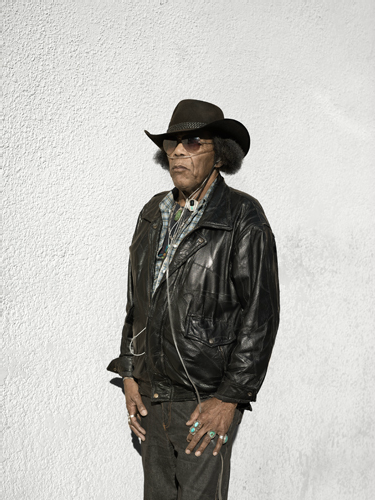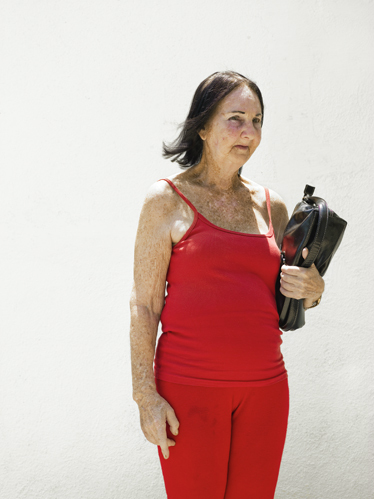 Boulevard by photographer Katy Grannan surpasses the banal and enters the occult. Her subjects embody commonality while at the same time, are differentiated by their oddities. They are neither common, nor rare – they are simply what exists on a boulevard of passersby.
Boulevard by photographer Katy Grannan surpasses the banal and enters the occult. Her subjects embody commonality while at the same time, are differentiated by their oddities. They are neither common, nor rare – they are simply what exists on a boulevard of passersby.
Portraiture can be fickle in its portrayal of human identity. The person can be smiling, in the middle of a sneeze, laughing so hard they’re crying, filled with pure sadness, or mid-step with a blurry or covered face. These perspectives intend to present a person as they are visually, actively, and personally.
In its beginnings in the mid-1800s, photography continued in the tradition of painting – presenting still life and portraits. They were true reflections of their subject and were acknowledged as the most accurate capture of that person. As photography developed into an art, portraiture became more than a capture of the real, but a look into the recipient’s persona through the mind’s eye of the photographer.
Images of people became less about the person and more about their situation, socially and culturally. The viewer of the photograph could relate to the person in the image and find sympathy. When the scene was removed, the image returned to its simple reflection of the captured person. But due to these prior philosophical changes and the scientific achievements that allowed an increased velocity in the manner in which the image was recorded, the depiction of these individuals was viewed as ordinary and subjective.
The acceptance of this banal perspective created 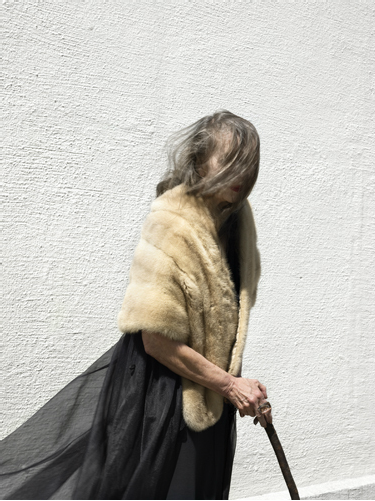 alternative vistas into not only who the person in the photo was, but who the photographer was as well. In viewing Grannan’s photos there is a point in which we lose recognition of the object of the photo and begin to look at Grannan herself, a cultural anthropologist connecting with her indigenous California subjects.
alternative vistas into not only who the person in the photo was, but who the photographer was as well. In viewing Grannan’s photos there is a point in which we lose recognition of the object of the photo and begin to look at Grannan herself, a cultural anthropologist connecting with her indigenous California subjects.
California-style is usually associated with surfers and hippies, but in reality, is an incredible melting pot of culture. The majority of this culture stems from a drastic mix of political opposites, beach bums, desert dreamers, tenacious trekkers, and the recipients of a massive media deluge. This mix creates subjects from a story where they have an unequivocal acceptance of themselves placed in a world that equally accepts their existence.
Grannan captures that existence while in herself, represents her own mix of Californiality by selecting those subjects that peak beyond what one might deem “normal”.
* * *
Because photography is such a replicative medium, we expect a visual exactness. Surprises should not exist because it is simply reality. With the influence of Photoshop, we have now come to expect an altered reality – one where colors, shapes, and composition are fantastical. But Grannan takes an alternative approach. She uses the world and the camera without alteration and not only expects, but requires that her subjects be themselves, with all of the intricate details of their skin, their hair, their posture, and their stare.
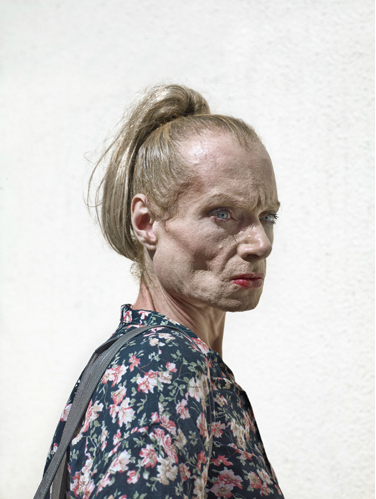 Within this candid perspective there is an undeniable desire to relate. What is so frustrating is the equal desire to dissociate. This adversity is visible whenever there is something out of the norm, whether a missing tooth, a cleft lip, or a wobbled gait. We wonder what it must be like to have that “defect” yet we’re thankful that we don’t have it. And if we do have a “defect”, it loses significance when compared to another’s. There is a never-ending connection and disconnection with the recipients of our voyeuristic conduct.
Within this candid perspective there is an undeniable desire to relate. What is so frustrating is the equal desire to dissociate. This adversity is visible whenever there is something out of the norm, whether a missing tooth, a cleft lip, or a wobbled gait. We wonder what it must be like to have that “defect” yet we’re thankful that we don’t have it. And if we do have a “defect”, it loses significance when compared to another’s. There is a never-ending connection and disconnection with the recipients of our voyeuristic conduct.
Just as these humanly features are absorbed and analyzed, so are the non-humanly features: clothes, hair, makeup. Judgements are made and acceptance is not appropriate, only the realization of the existence of an individuals portrayal of themselves.
These outward appearances present discourses within each subject. They acknowledge a history or cultural growth that has neither succeeded nor failed, in which haircuts, clothes, piercings, tattoos, and a multitude of accessories that include hats, glasses, jewelry, purses, scarves, headphones, cigarettes, pet rabbits, and an oxygen tube redefine a visual era amalgamated from the pieces of generations lost.
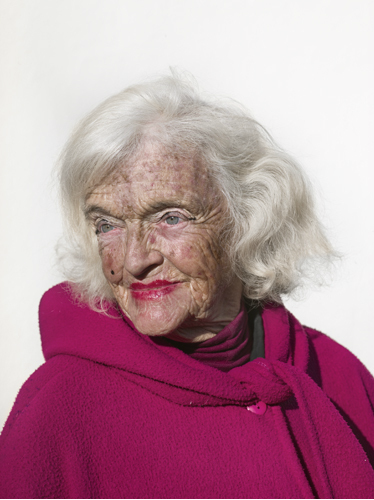 All these visual stimulants are starkly contrasted against a white stucco wall, emblematic of California’s omnipresent architecture, that allows Grannan’s subjects to present themselves on a stage without the cultural precursors that inherently define them. They don’t want to be viewed as symptoms of their culture, but rather beneficiaries of their circumstances.
All these visual stimulants are starkly contrasted against a white stucco wall, emblematic of California’s omnipresent architecture, that allows Grannan’s subjects to present themselves on a stage without the cultural precursors that inherently define them. They don’t want to be viewed as symptoms of their culture, but rather beneficiaries of their circumstances.
In support of their visual identity is their internal identity. Each subject is allowed the chance to act in the manner which suits them. Some reflect the media culture that has defined them by posing as a rocker, as a magazine model, or underrepresented actor. They are the alternatives to a high-class society.
Some choose to look toward, or at, the camera, presenting confidence with their adequate societal stratus. Others choose to look away, hide their face, or blatantly show their back – a refusal to be categorized. Yet each stance and look delegates their personality to a cultural reference because in the end, we are all subjects of the world that we inhabit.
